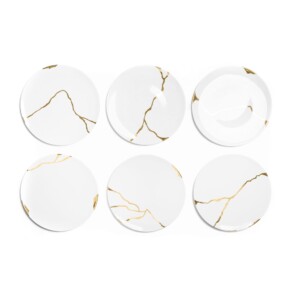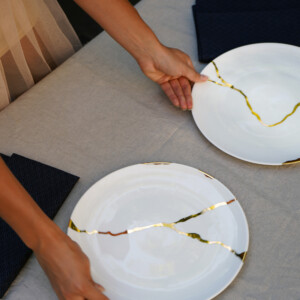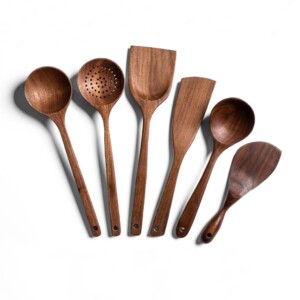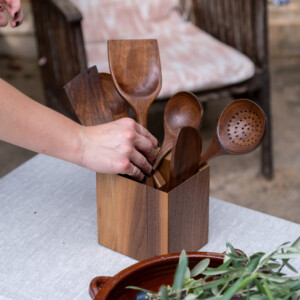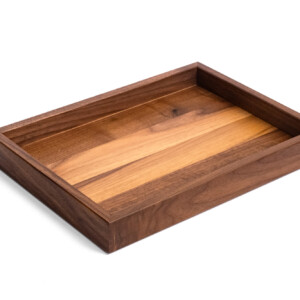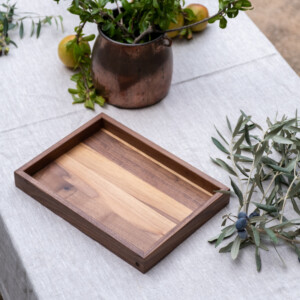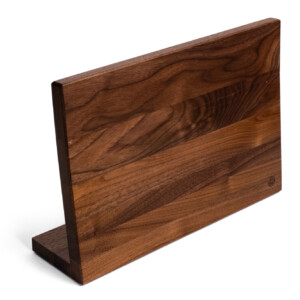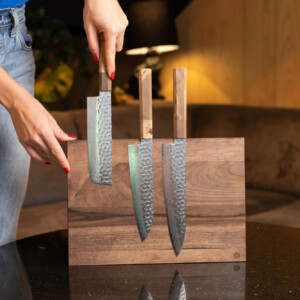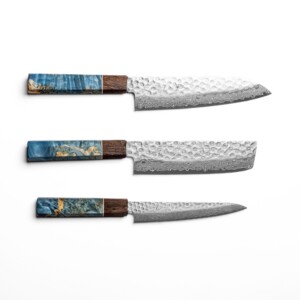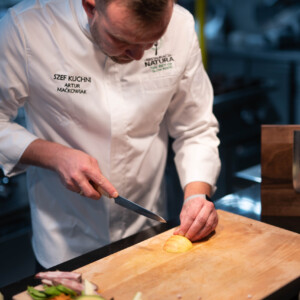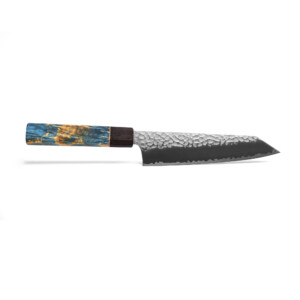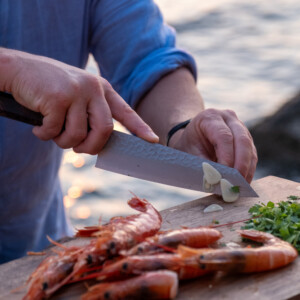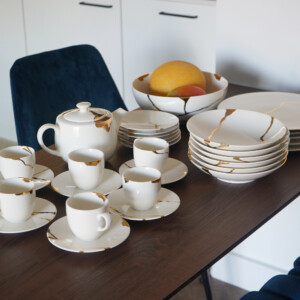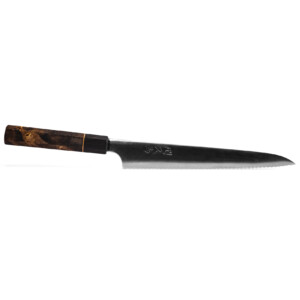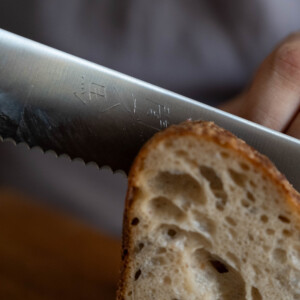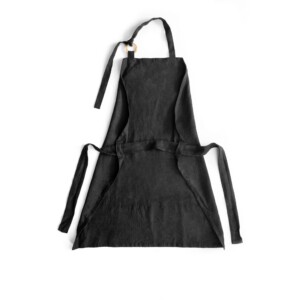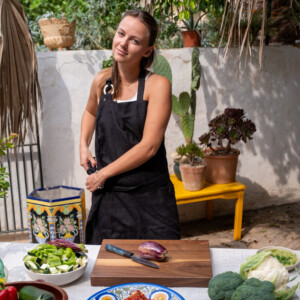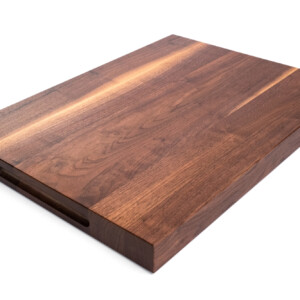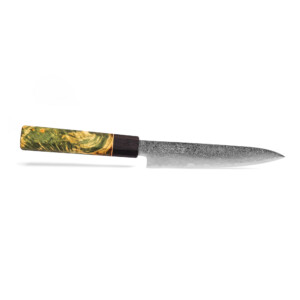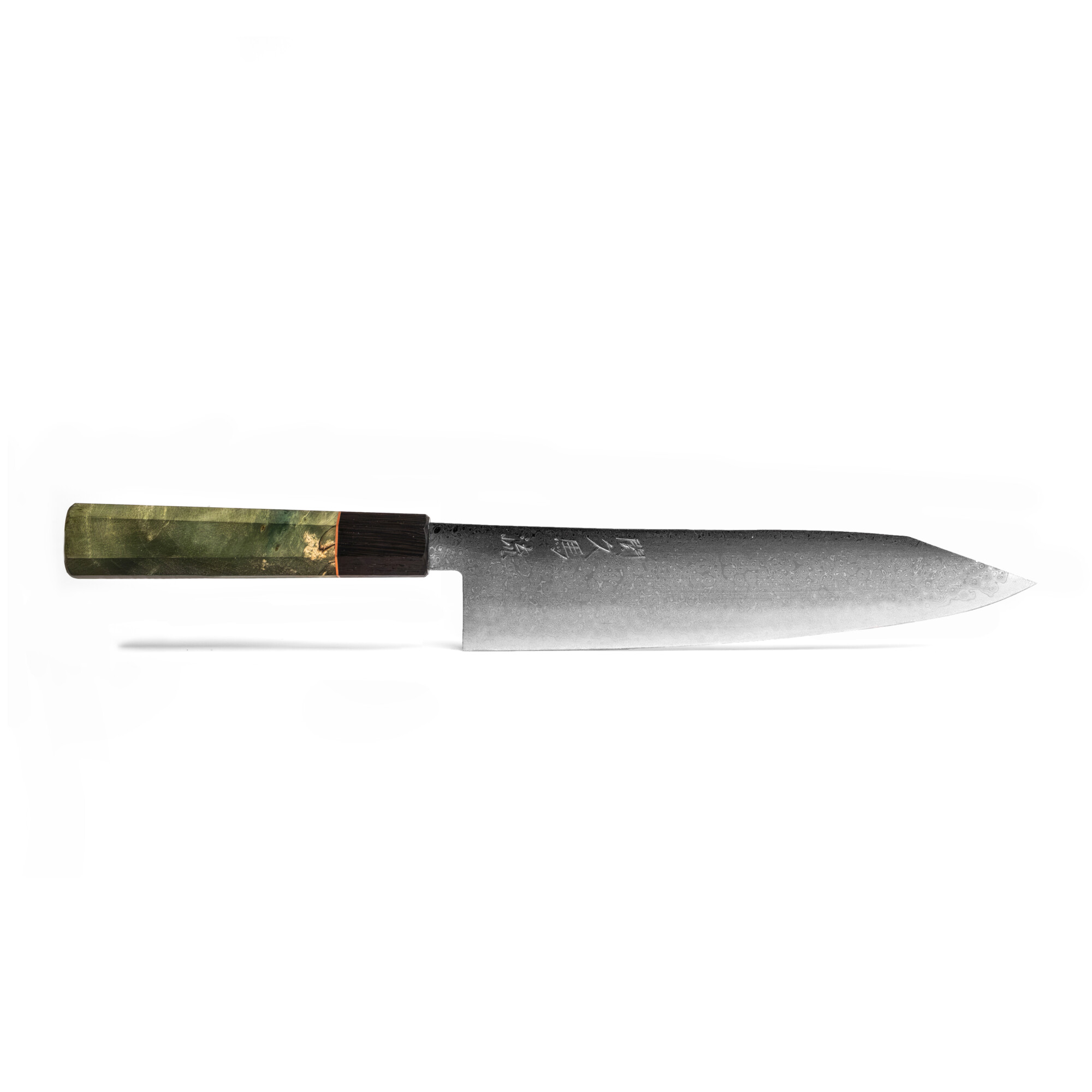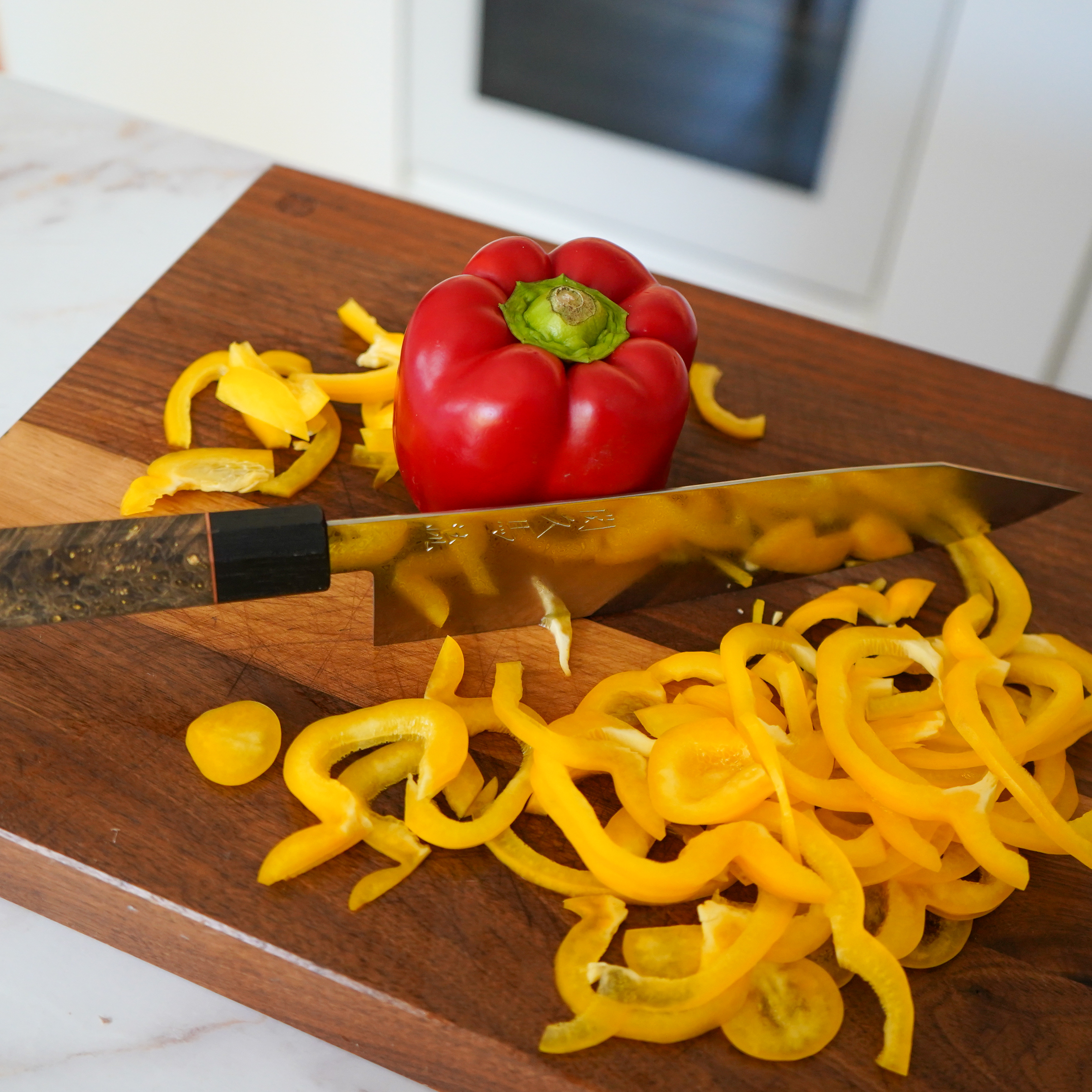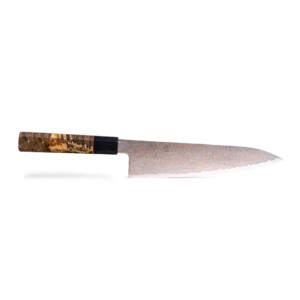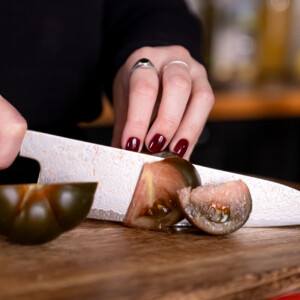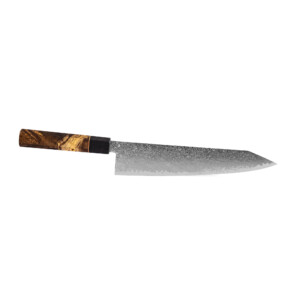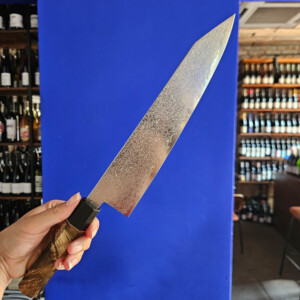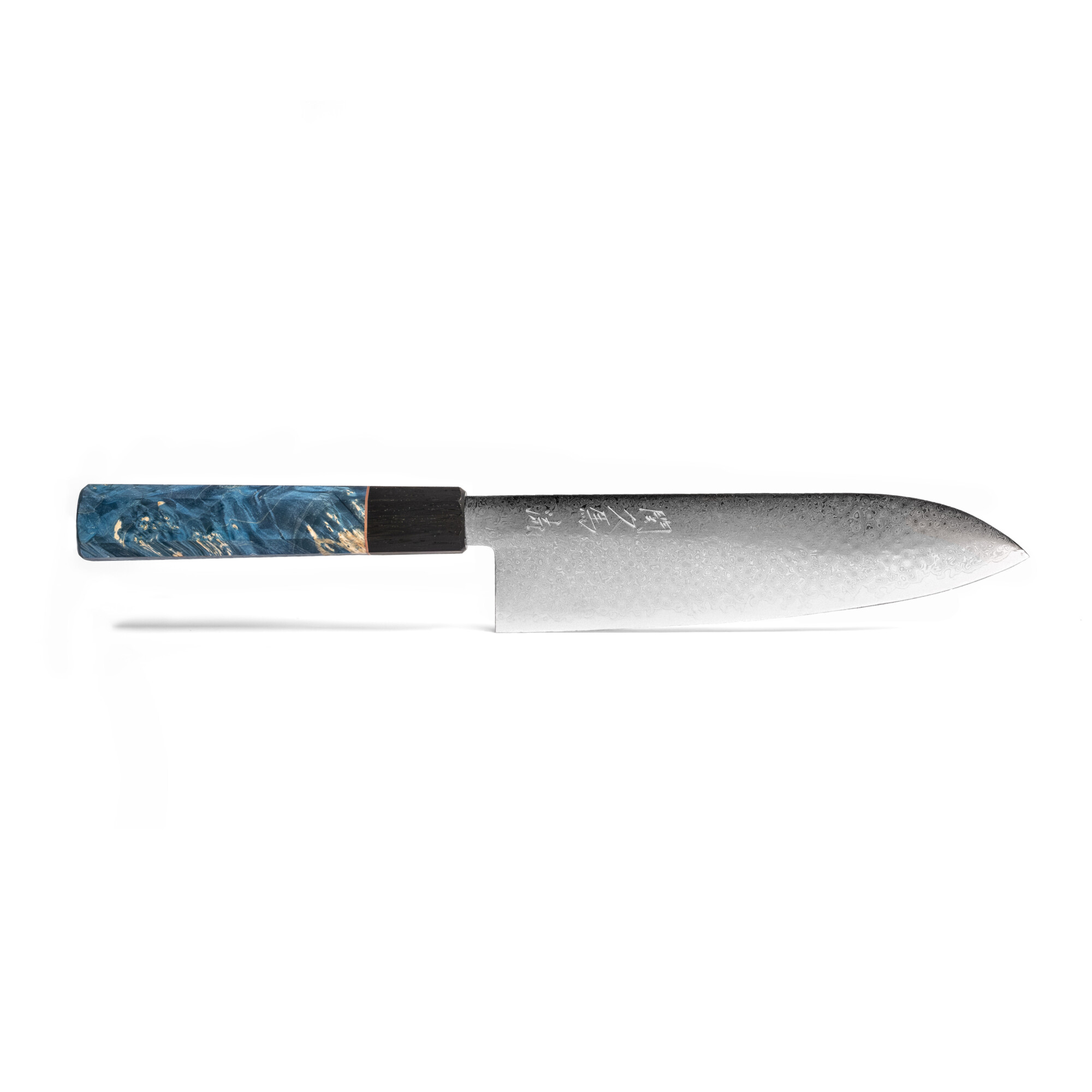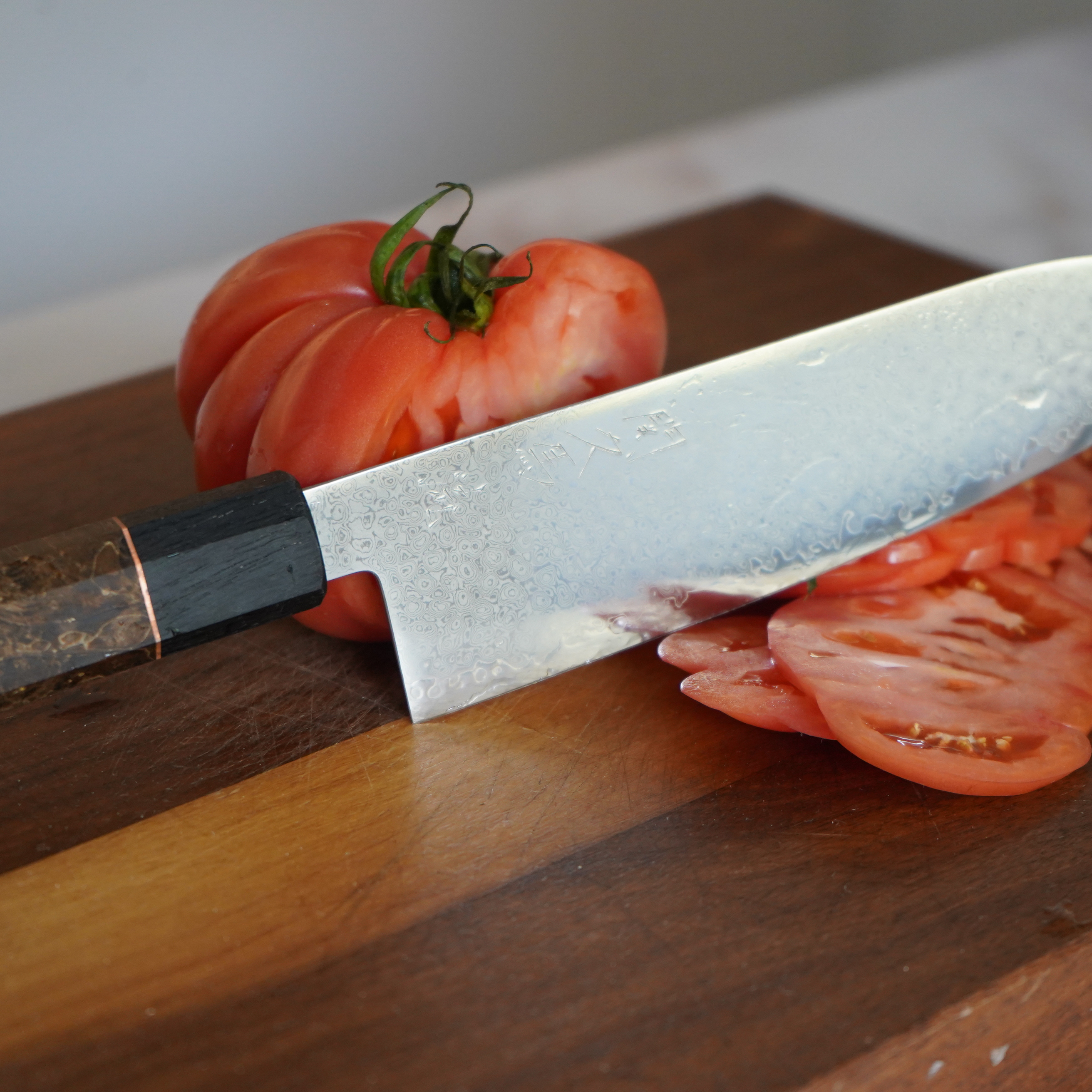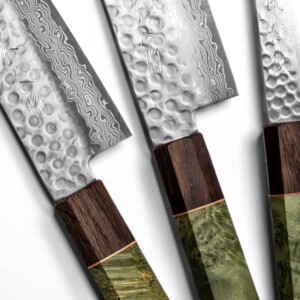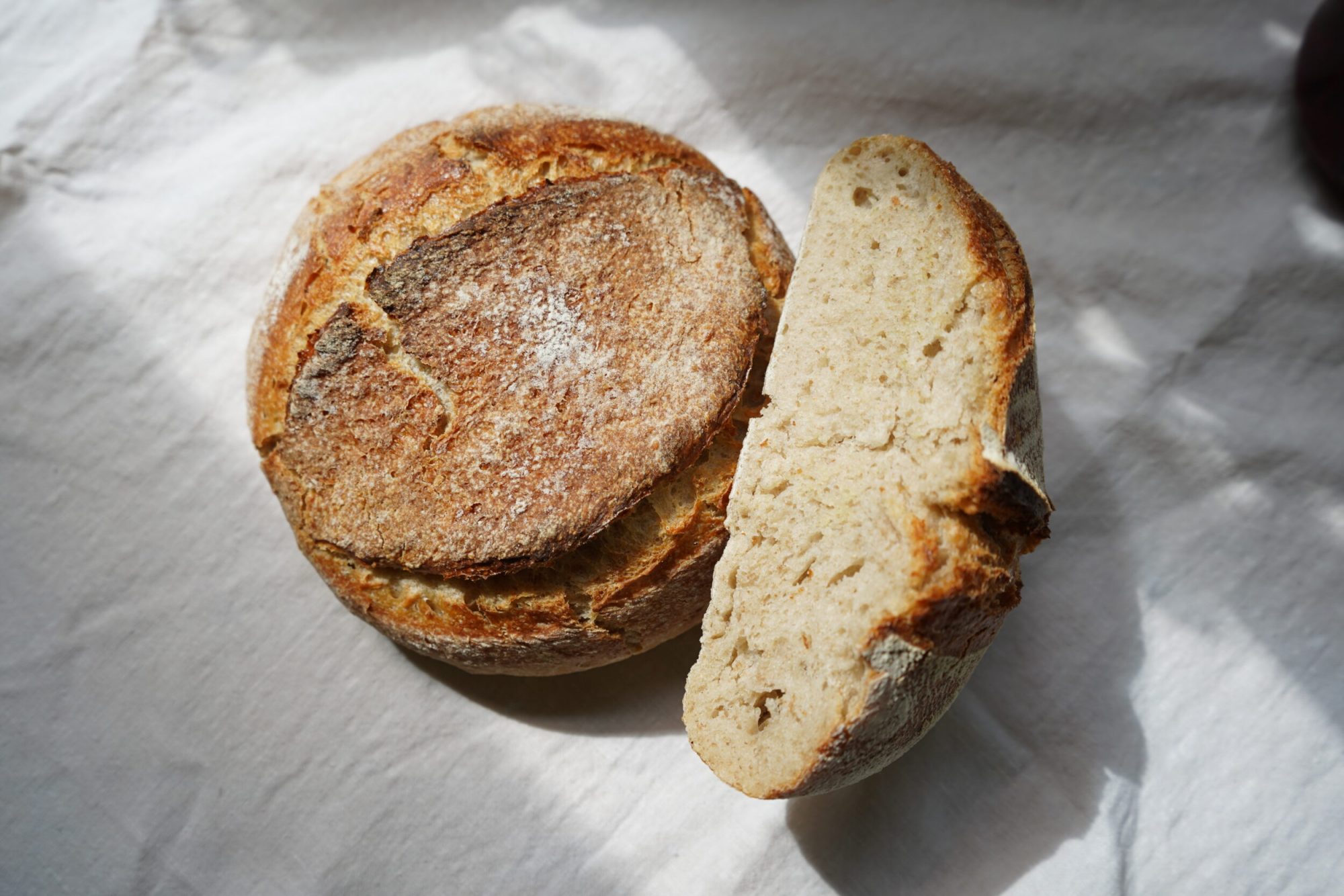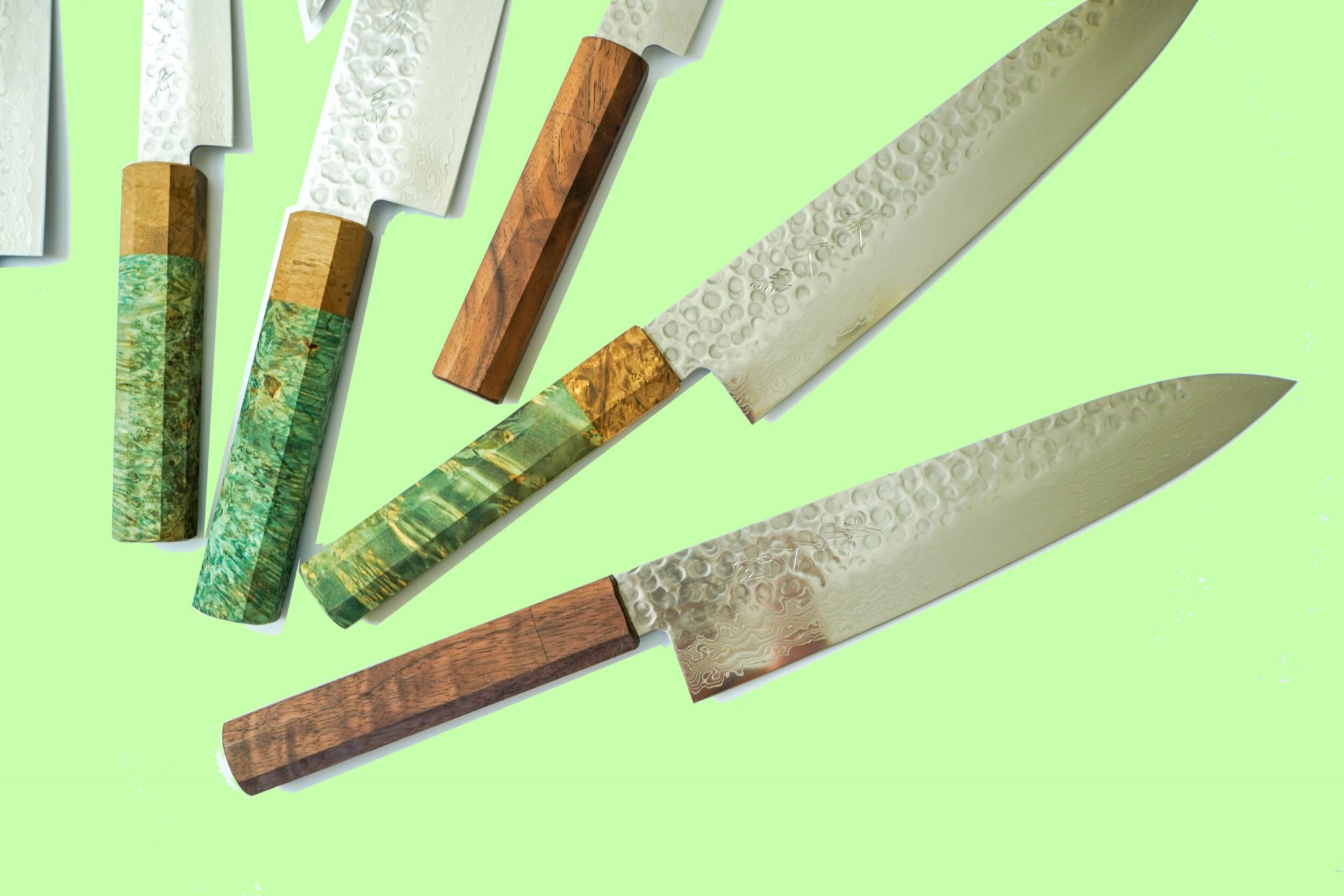With social distancing taking place during the coronavirus outbreak, many of us wonder what creative hobbies to embrace to pass time. After all, catching up on TV and reading novels can become repetitive after some time. This is why we have come up with a list of 15 creative hobbies you can easily start (9 of which are of Japanese origin). Enjoy!
1. Ikebana – Flower Arranging

A single stem never dies – goes the message from the Japanese floral philosophy of Ikebana. This concept goes back to the Japanese Shinto priests (Japan’s indigenous religion) who offered evergreen branches to spirits for centuries, to try to capture natural beauty. Then when Buddhism came along in the sixth Century, Buddhist monks evolved these Shinto offerings into beautiful arrangements: and so the art of ikebana was born.
But flower arrangement is not reserved only in Japan. If you like plants, flower arranging to express yourself is a very unique, rewarding and creative hobby. Many local flower shops offer classes for beginners, and there are many books and websites that offer tutorials. Floristry is something anyone can get into, and you can use the things you make to brighten up your home or create a very unique, personalised gift to your loved ones.
2. Bullet journaling
This is one of the best creative hobbies you can choose since writing is a skill that affects all spheres of your life. It is a technique you can use to record the events of your day, stay organised, and plan for future goals. When you write down your thoughts it’s easier to create actionable goals.
All you need to start bullet journaling is a blank notebook and a pen. You don’t need to spend money on a pre-bought planner, create one yourself that only includes the things you need.
To keep things organised, you should focus on three main things to write down each day: tasks you need to get done, notes about things you don’t want to forget, and noteworthy events that you want to remember. Bullet journaling is the simplest way to express yourself without putting your actions in some strict boundaries. This makes it a fantastic and diverse hobby. It’s up to you to set the tone, complexity and seriousness of the things you’ll write on.
3. Kintsugi porcelain repair

Kintsugi Repair (also known as Kintsukuroi) is a form of Japanese art, which literally translates to “golden joinery”. It has a long history dating back to the Edo era (year 1603). It consists of repairing broken ceramics by joining the broken pieces together with a strong lacquer resin that has been sprinkled with powdered gold. The traditional method uses real Urushi lacquers and no artificial glue. You can find Kintsugi kits that come with everything you need to start repairing pottery Kintsugi style. To learn more about this Japanese art, check our article dedicated entirely to kintsugi.
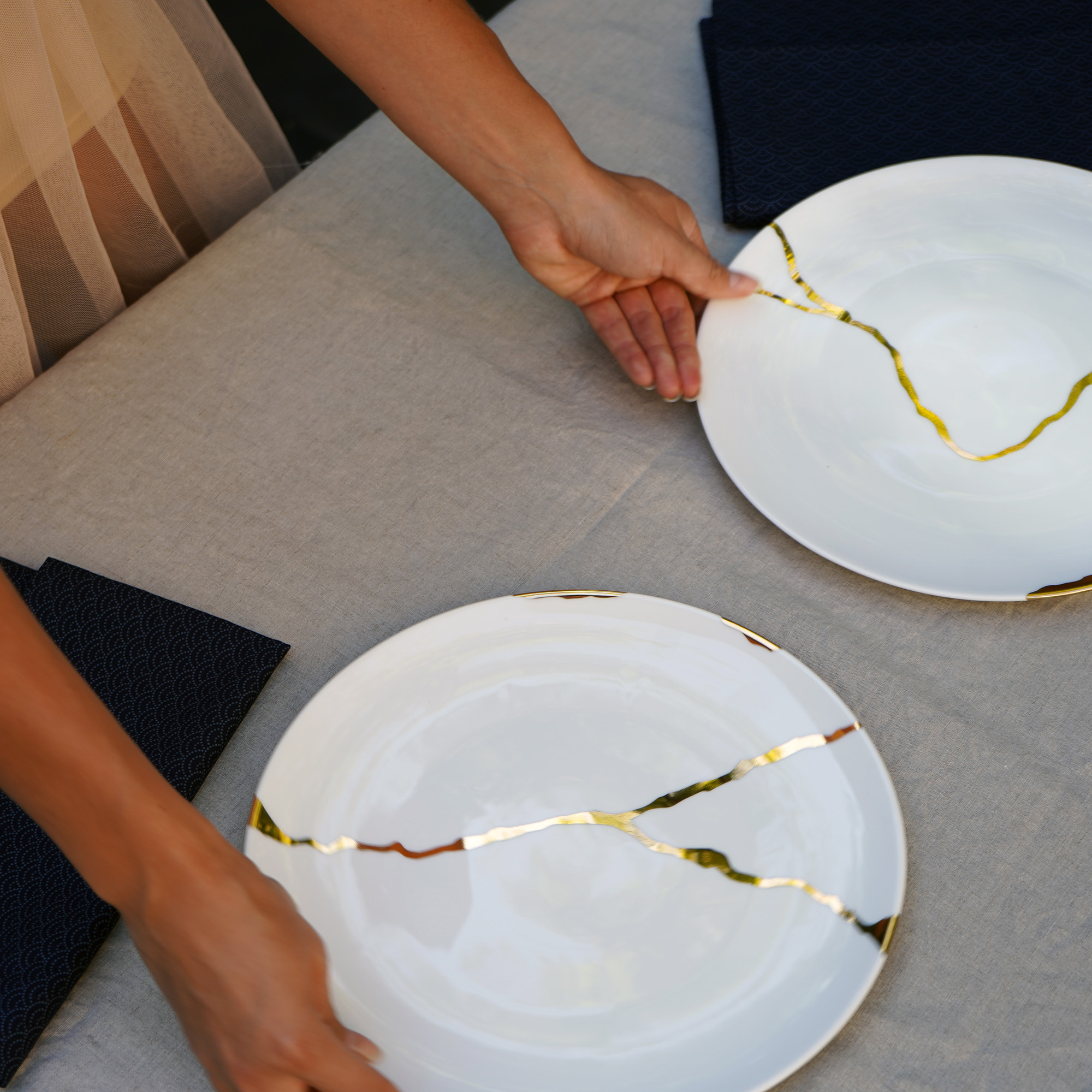 Kintsugi inspired dinnerware set by Oishya, available in our store.
Kintsugi inspired dinnerware set by Oishya, available in our store.
4. Woodworking
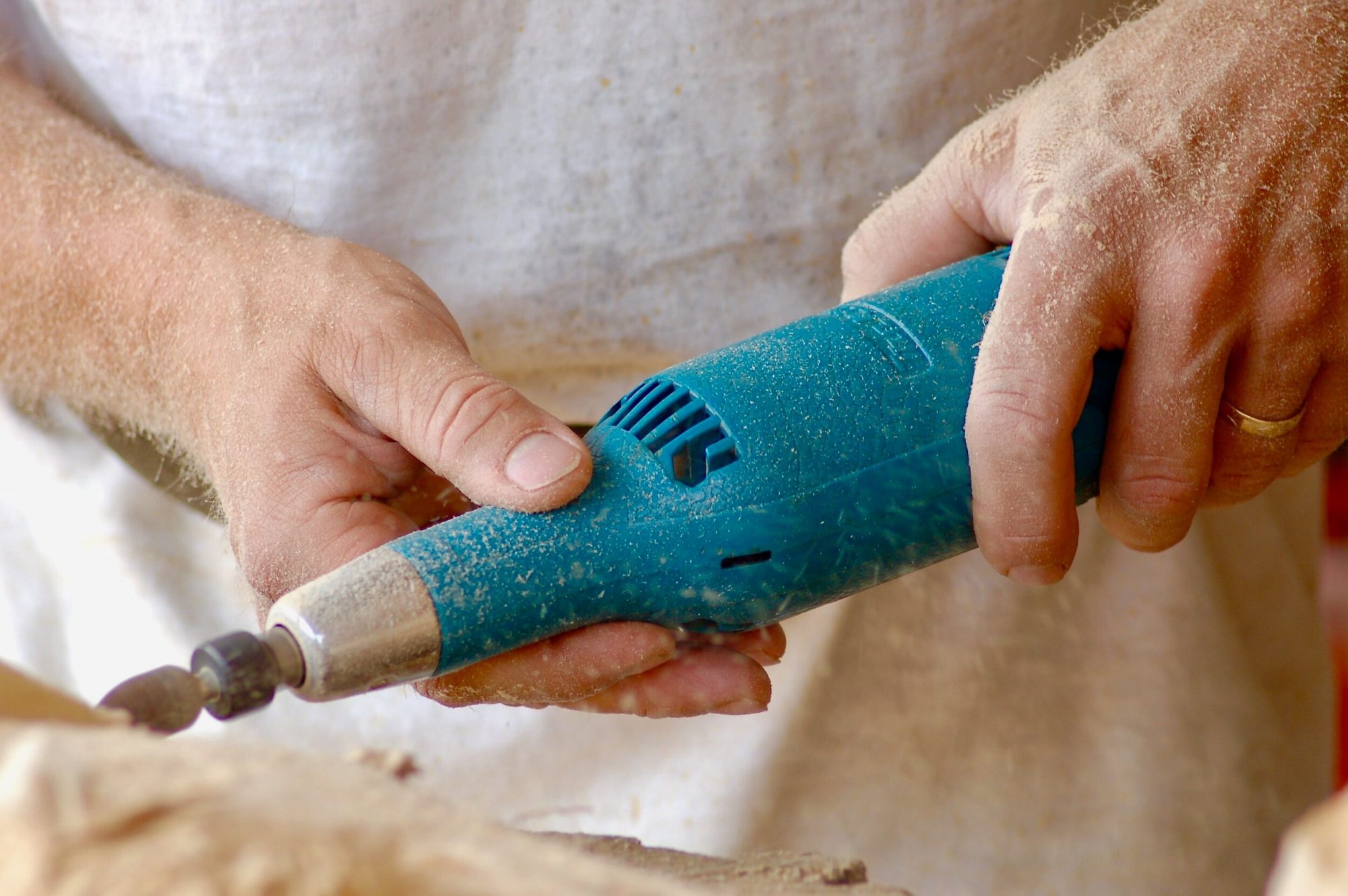
Woodworking is truly one of the most rewarding and fulfilling creative hobbies you could ever undertake. There are thousands of woodworking projects to keep you busy and creative, for both beginners and professionals. Woodworking can be taken as a hobby and enjoyed by just about anyone with the desire and time to devote to it.
5. 🇯🇵 Mizuhiki Decorations
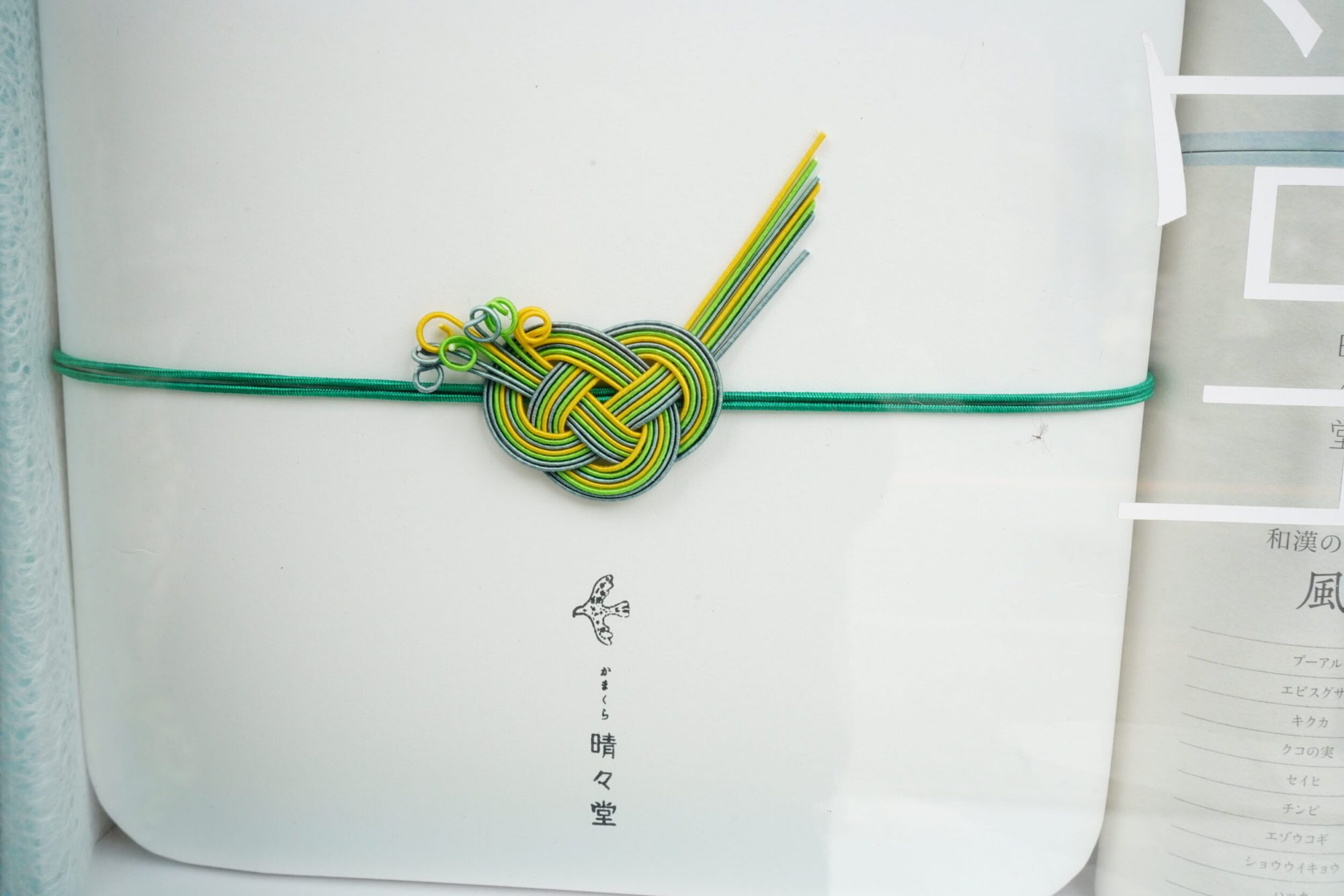
It may not be so well known in the West, but Mizuhiki is one of Japan’s most ancient crafts and creative hobbies. A special kind of decorative cord made from rice paper, Mizuhiki is used to decorate things like gifts, cards and envelopes. It is twisted and knotted to create flowers and animals, as well as elaborate designs similar to the bows that are made using ribbons in western culture. Various kinds of Mizuhiki exist, and they come in a range of knots and colours. When the gift is money, it is customary to present it in a folded paper envelope tied with Mizuhiki.
6. Writing
There is no special secret technique to writing. No methodologies you must follow, no “right way”. The best ways to learn about writing are reading and writing.
When you read, you are exposed both to ideas and to how those ideas are expressed. Take note of how things are done, try to understand what the author tries to convey as a message. This can refer to how characters are introduced, how a scene is set, how an event is foreshadowed, etc. When you write, read what you’ve written, see what doesn’t work, change it until it does.
To start writing you just need a pen and paper. You can start by writing a few sentences in a journal every day, or even just brainstorming a short story you want to write.
7. Photography
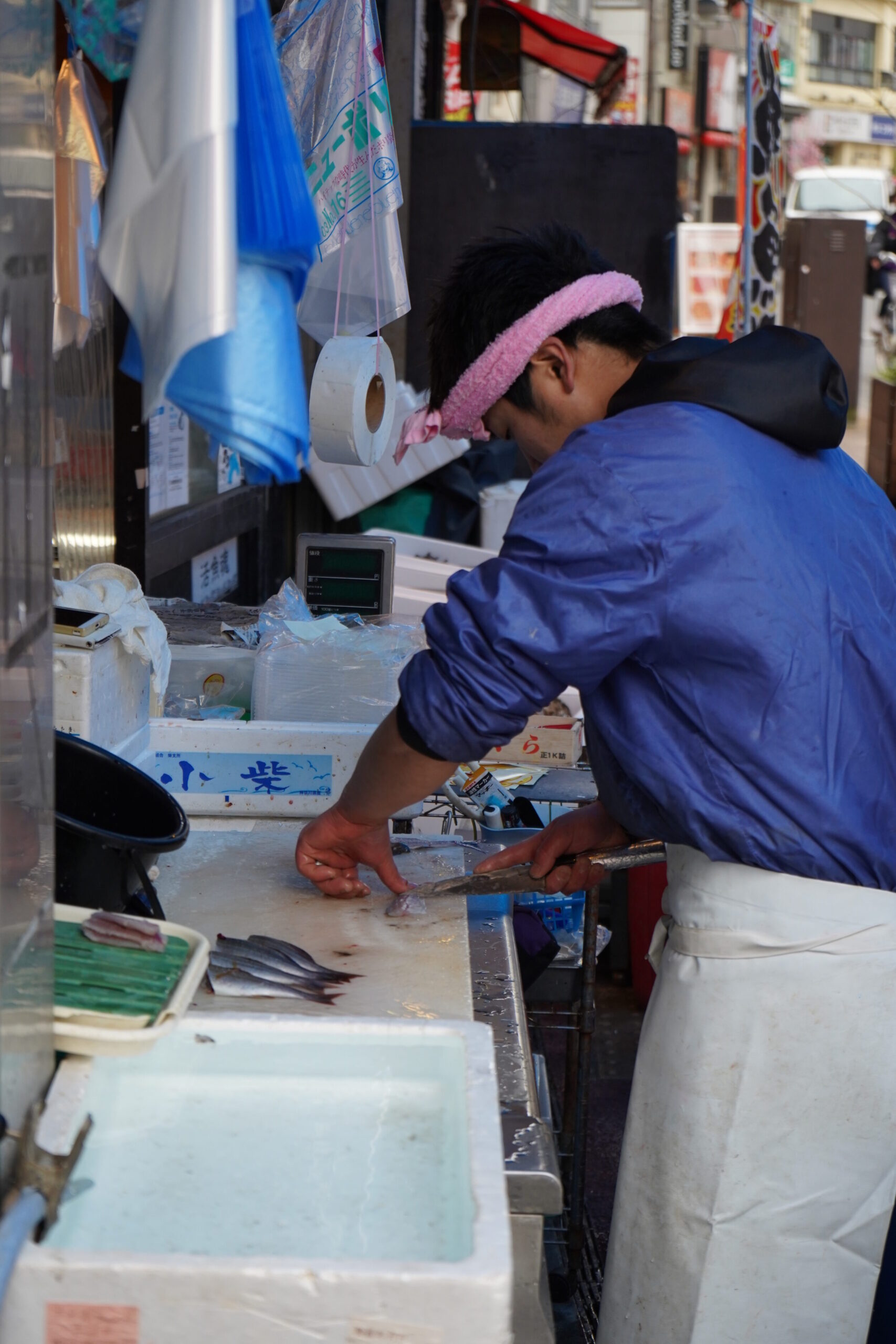
Photography is a great way to express your creative side. You don’t need to drop a couple thousand dollars on a professional-grade camera. You can just start by using your cell phone. Consistency is key when trying to pick up this as one of your creative hobbies.
People start doing photography (versus taking snaps or selfies) for many reasons. It might be a major life event coming up – new baby, wedding, special birthday – or that overseas trip saved up for over many years. There are many different reasons why photography is always a perfect hobby to have; it helps you remember events and capture memories. It’s fun, helps you develop a personal style and most importantly, helps you make new connections with other people. As they say, a picture is worth a 1,000 words.
8. 🇯🇵 Origami
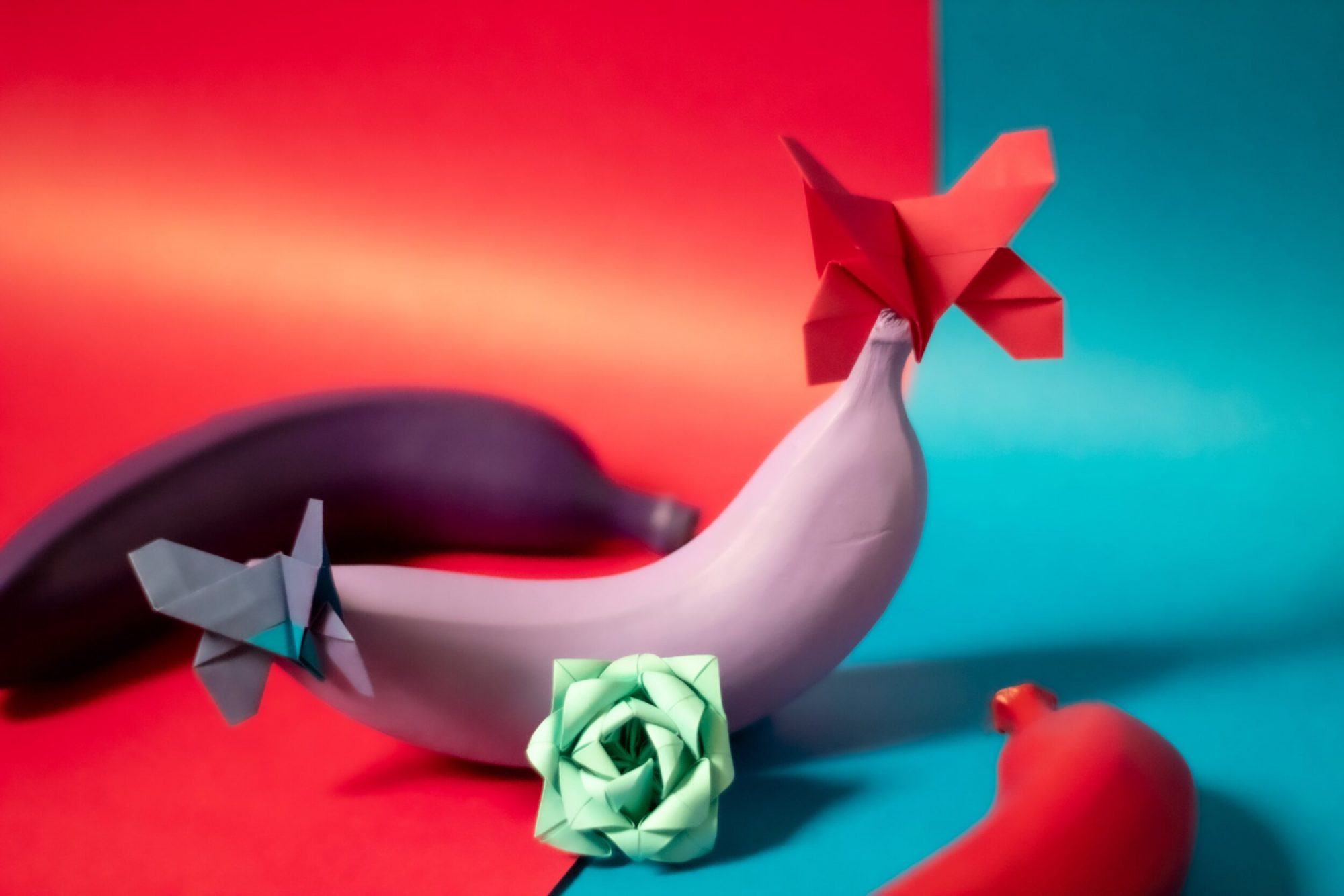
Origami (ori meaning “folding” and kami being a translation of “paper”) is a traditional Japanese folk art of paper folding. It is another hobby that is both creative and relaxing. It consists of transforming a flat sheet of material – typically paper – into a sculpture. Making beautiful plants, animals, and other nature-inspired folds is a great way to show your creative side.
There are thousands of different designs to learn, and practicing helps with hand-eye coordination. The only material needed for origami is paper. It should be thin, able to hold a crease, and not tear easily when folded a number of times. Paper should always be folded on a hard, flat surface, and the folds should be as straight and precise as possible, with all corners and edges meeting evenly.
9. Baking and Cake Decorating
Baking and cake decorating are a type of cooking, making them creative hobbies devoured by many. Creating delectable treats is a creative hobby that comes with a truly sweet reward at the end. Not only is baking very satisfying, but it will also endear you to your friends and family, who will enjoy your cakes and other creations.
10. Soap making

Soap making is another hobby with a treat at the end. A beautiful soap you can either use, gift or sell. You can add colours and fragrances to create soaps as pretty as you would find in any store. But you don’t have to stop at just colours and fragrances. There are many additives you can add to your soap to be for function or beauty such as oatmeal, herbs or flowers. The list is endless. A quick search on Pinterest results in hundreds of tutorials—from invigorating lemon soap to deliciously smelling vanilla lotion bars.
11. 🇯🇵 DIY Shibori fabrics

Shibori is often done on natural fabrics, such as silk, hemp, or cotton. It is a Japanese dyeing technique that typically involves folding, twisting or bunching cloth and binding it, then dyeing it (often) in indigo. You can find examples of Shibori in almost every conceivable colour from neon pink to the deepest of blacks. People often think of Japanese Shibori as being blue because many of the Edo period workwear kimono are dyed with indigo and decorated with Shibori patterns.
Whatever is used to bind the fabric will resist the dye, resulting in areas of the cloth that take the distinctive blue dye in patterns created by the resistance, and other areas of the cloth that remain white. Shibori is a very vast technique and there are tons of ways to do it (and a truly infinite number of patterns you can create) and the two most popular methods are: using wood blocks and rubber bands to bind and resist the dye.
12. 🇯🇵 Shodo – The Japanese Calligraphy

Shodo, or Japanese calligraphy, is a traditional art rooted in history. And like Go, it came from ancient China, where the Japanese writing script of kanji originated. If you’re learning Japanese, Shodo is a fun way to help brush up on your kanji. If not, you’re also learning to create beautiful works of art with a deep meaning and history attached.
You need three things to get started: a brush, calligraphy ink, and calligraphy paper. Alternatively, you can also get just a calligraphy pen (or brush pen) and practice on normal paper. All these tools can usually be found online, or, if you’re living in Japan, 100 yen stores can help you get your new hobby started very cheaply.
13. 🇯🇵 Creating cute creatures of Kyara-Bento

If you’ve been to Japan, you have probably seen lunch boxes depicting cute characters. This is a symbol of love from mothers across Japan. If you’re looking for a cooking hobby that the whole family can enjoy, try learning kyara-bento with your children to turn meals into little boxes of art. Kyara-bento are a fun way to unleash your creativity by shaping food into your favourite animals or cartoon characters. You will need a good set of knives for the job, a paring knife would be ideal for this small delicate work.
14. 🇯🇵 Furoshiki – Gift Wrapping
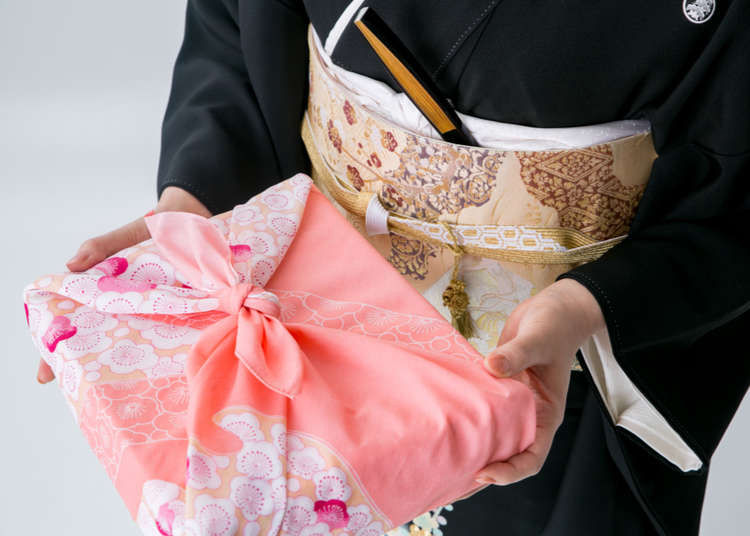
Furoshiki, which literally translates to “bath (furo) spread (shiki),” was first used in the Nara period (710–794) as a means to protect valuable goods. Since then, the Japanese have mastered the art of doling fabric to transport and wrap items. This has evolved into a popular practice in cultures around the world as a versatile, environmentally-friendly way to carry bottles, food, and everyday necessities, and has also become a modern alternative to holiday gift-wrapping. Nowadays people around the world can enjoy item wrapping in beautiful fabrics as one of creative hobbies, transforming the art of gift-giving.
15. 🇯🇵 Home Organising (Marie Kondo “Konmari” method)
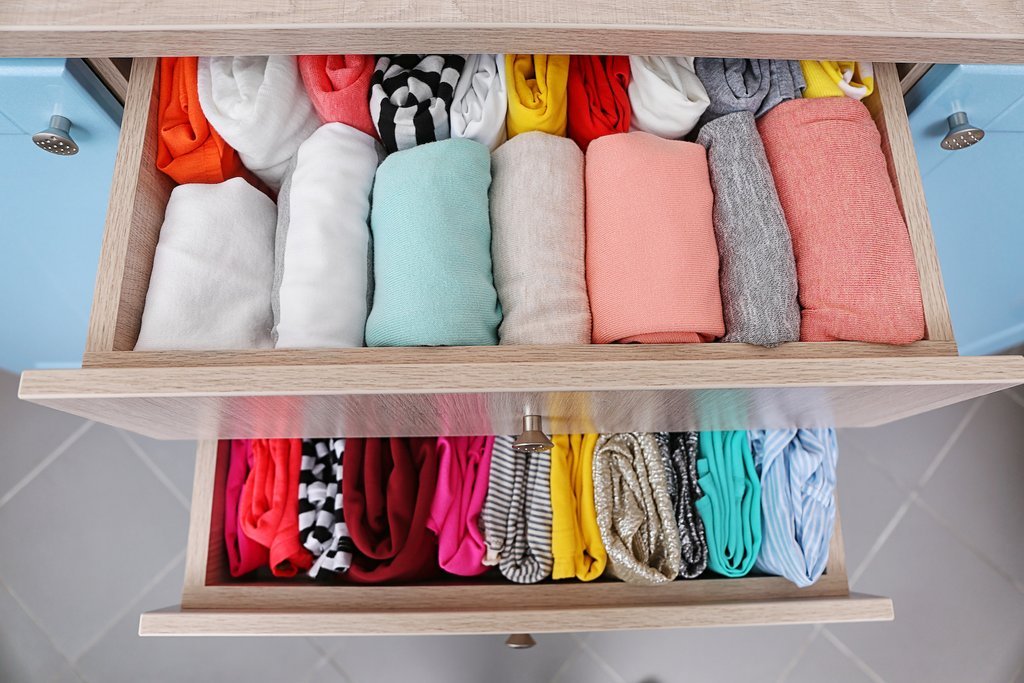
For some people home organising is a transformative experience, raising to the level of a creative hobby. The KonMari Method is pro organiser Marie Kondo‘s minimalism-inspired approach to tackling your stuff category-by-category rather than room-by-room. The goal of the KonMari Method is to have a house full of items that spark joy, helping you declutter your both physical and mental world. For the full article on home decluttering click here.
